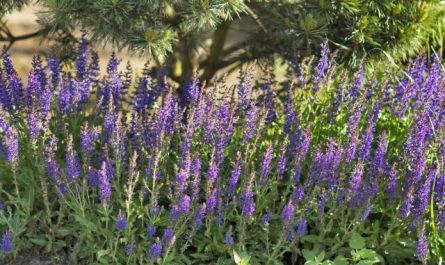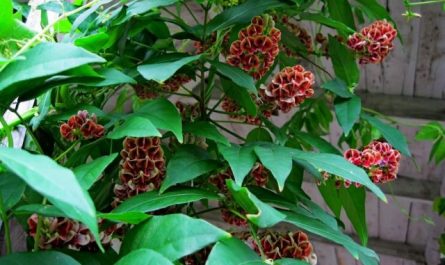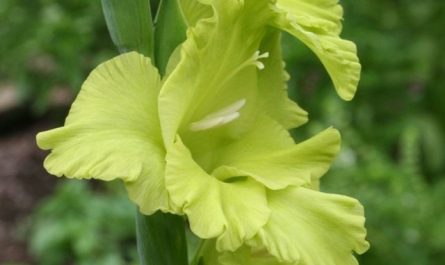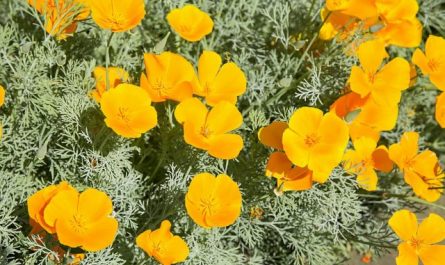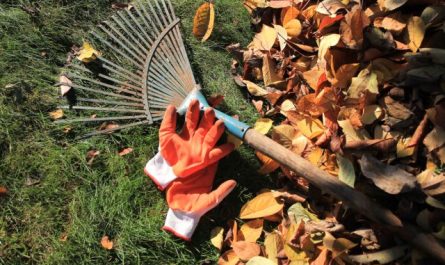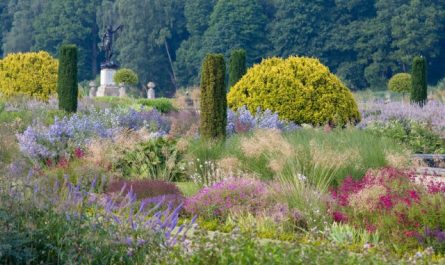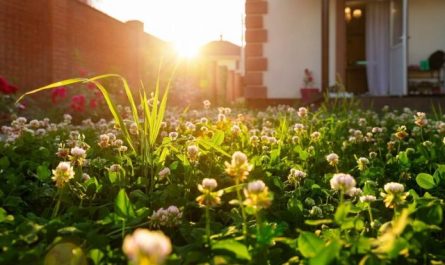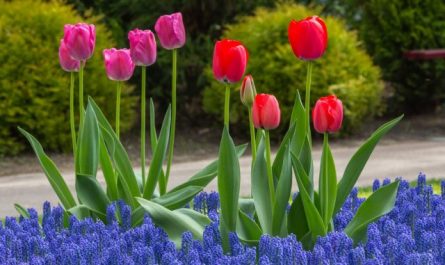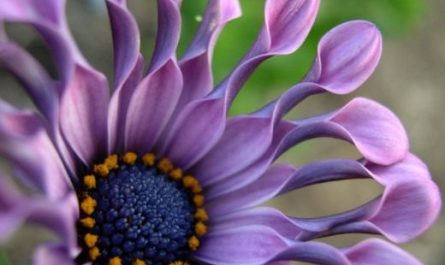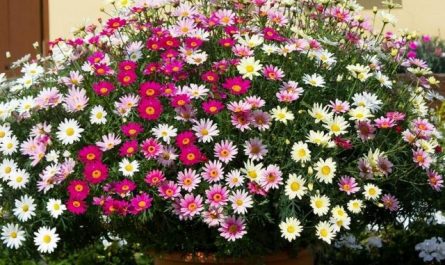A hedge is not only one of the most important elements of landscape design, it also performs various protective functions. For example, if the garden borders a road or a highway passes nearby, then a hedge is simply necessary. “Green walls” formed from correctly selected plant species will protect the garden from dust, noise, wind and create a special coziness and microclimate. In this article, we will consider the optimal plants for creating a hedge that can reliably protect the site, first of all, from dust. We will also tell you about the basic principles of creating such “living barriers”.

General principles for selecting plants for dust-protecting hedges
Scientists have found that deciduous trees and shrubs are capable of “collecting” up to 87% of dust in summer, and up to 60% after leaf fall. Coniferous plants protect the garden from dust more reliably and all year round. It has been found that one and a half times more dust settles per unit of weight of needles than per unit of weight of leaves.
When the main task is protection from dust, the choice of plants is narrowed. Filter plants are needed, capable of trapping dust in the air. In addition, in order to minimize the harm to both the garden and its inhabitants from rising clouds of road dust, it is necessary to have a high and dense hedge. In this situation, lush, beautifully flowering spireas, roses, rose hips or fruit trees, as well as low-growing conifers, are not suitable.
In addition, for this purpose, sufficiently hardy trees and shrubs are selected, since dust settling on leaves, branches and trunks greatly affects such vital processes as photosynthesis, water regime of plants, synthesis of chlorophyll and protein, plant respiration. In dusty conditions, growth rates decrease, and the lifespan of plants is reduced, they age 7-8 times faster. Therefore, when choosing plants for a hedge along the road, preference is given to long-lived plants.
To improve the condition of the hedge in dusty areas, it is recommended to wash off the dust from the plants by watering their crowns with a hose and sprinkling. It is better to do this in the morning.
Landscaping experts have found that the most suitable coniferous plants for green hedges that protect against dust are mountain pine, black pine, western thuja, Serbian spruce, and prickly spruce. Other conifers tolerate air dust worse, they become less viable, their needles fade, acquire grayish or brown shades, and they practically stop growing.
The champions in dust collection among deciduous plants are elms, lindens and lilacs.
In order to get a hedge 2-3 meters high in a relatively short time, you should follow the planting rules and take into account the characteristics of each type of plant.
Since the plants in the hedge are located quite densely, they require careful and timely care. This includes regular watering, mulching the soil, fertilizing, weeding, sanitary pruning, haircuts, as well as preventive treatment against diseases and pests.
The most effective “dust collectors” are hedges made of densely planted plants in two rows or arranged in tiers (higher trees and a lower row of shrubs, such as barberries). Combined pine hedges made of different types of pines look beautiful.
A beautiful dense hedge is formed over several years.
For a list of the best plants for creating dust-blocking hedges, see the next page.
